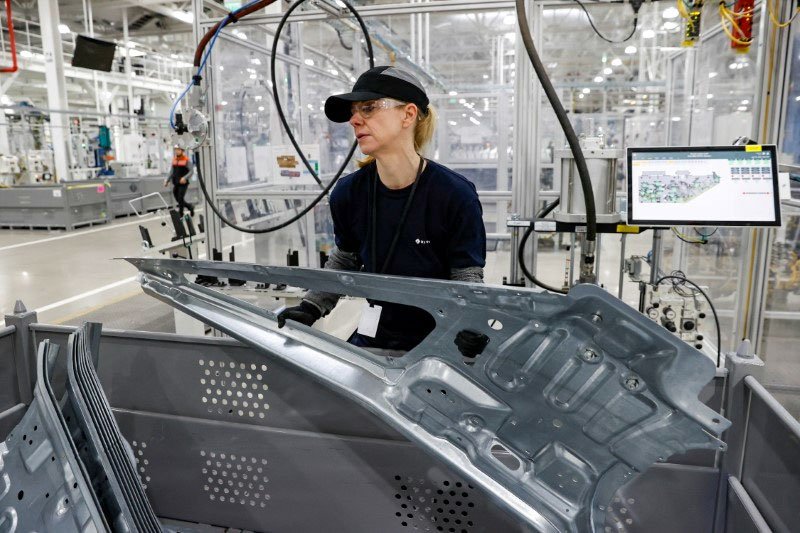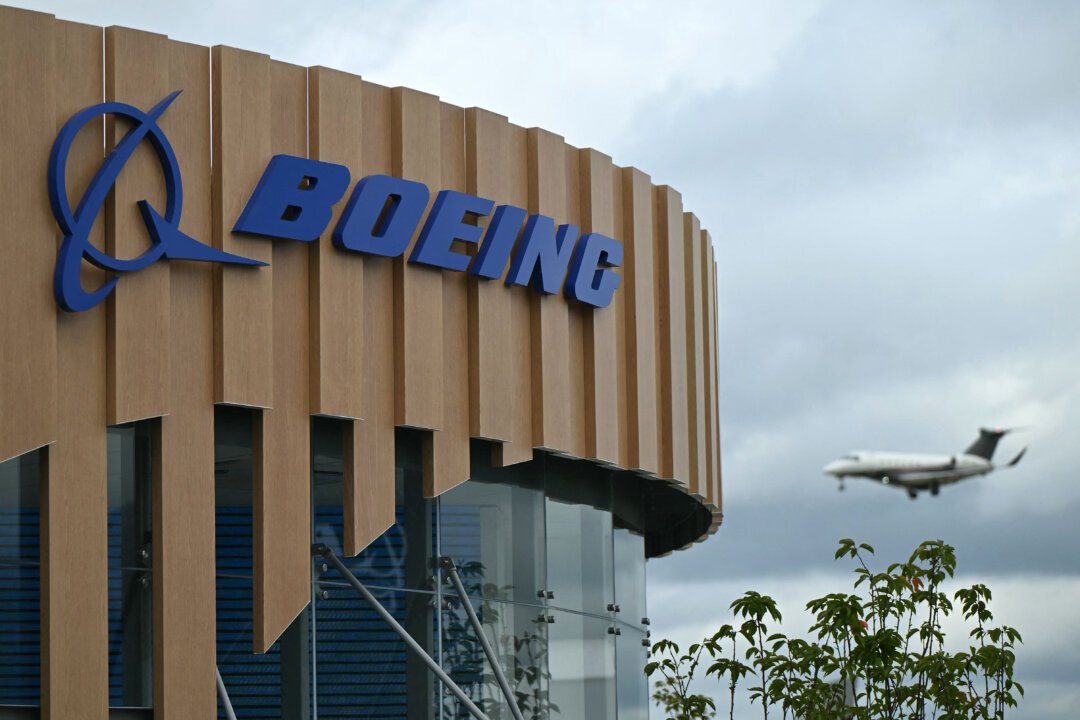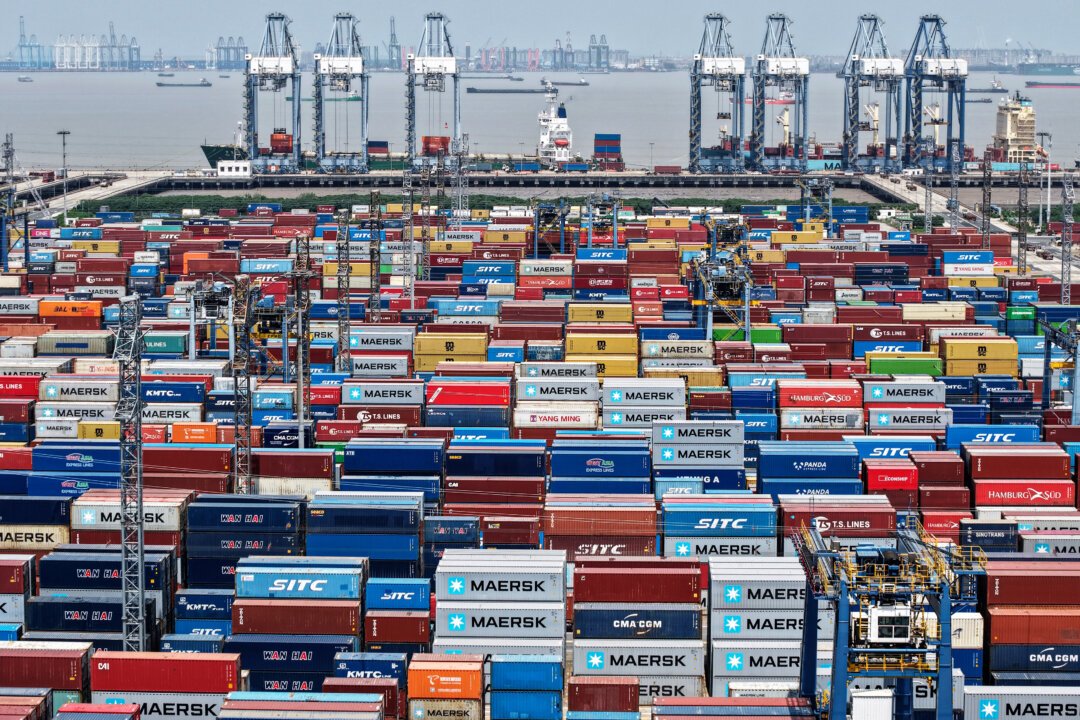
The May Producer Price Index (PPI) report offers a surprising twist in the ongoing debate about tariff-driven inflation. Instead of the anticipated surge, the PPI, a key indicator of prices paid by businesses, saw a smaller-than-expected increase, hinting that the feared inflationary impact of tariffs may not yet be materializing.
Data released by the Bureau of Labor Statistics reveals a modest 0.1 percent rise in the PPI last month. This follows a revised 0.2 percent decrease in April. A closer look shows goods inflation climbing 0.2 percent, while services edged up by 0.1 percent.
The core PPI, which excludes volatile food and energy prices, also mirrored this subdued growth, increasing by just 0.1 percent. These figures fell short of economists’ predictions, sparking further discussion about the current inflationary landscape.
While the month-to-month change was minimal, the year-over-year picture shows a slight uptick. PPI inflation rose to 2.6 percent, compared to 2.5 percent in April. However, core PPI inflation actually eased, decelerating to 3 percent from 3.2 percent, contradicting previous projections.
The May PPI report provides a temporary reprieve from escalating tariff concerns, offering valuable insight into the complex interplay between trade policy and inflationary pressures. However, whether this trend will continue remains to be seen, leaving economists closely watching future economic indicators for a definitive answer.

